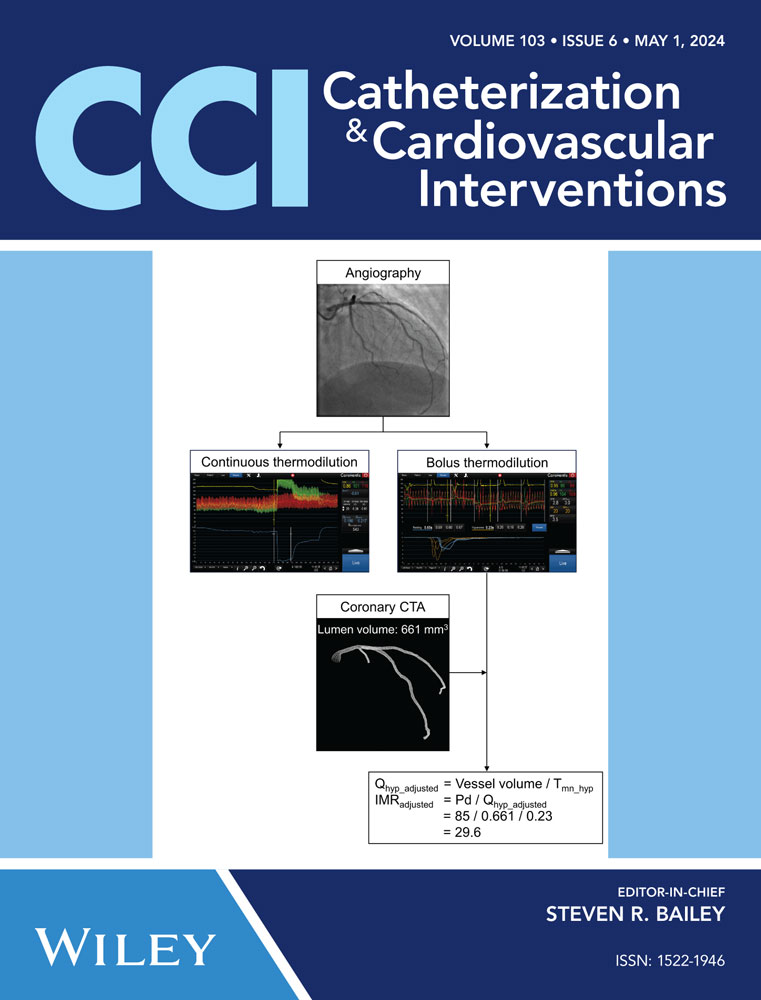Incidence, progression, and predictors of left atrial appendage sealing after Watchman FLX device implantation with computed tomographic assessment
Abstract
Background
Limited data exists regarding incidence, progression, and predictors of left atrial appendage (LAA) sealing after transcatheter LAA closure. We aimed to evaluate the incidence, progression, and predictive factors associated with LAA sealing after LAA closure.
Methods
This study includes patients who underwent successful LAA closure with Watchman FLX device and had both pre- and postprocedural computed tomography (CT). Postprocedural CT was performed 45 days after LAA closure and used to evaluate residual LAA patency. Patient who had residual LAA patency at 45 days underwent 1-year follow-up CT.
Results
A total of 105 patients (mean age: 75.2 ± 9.6 years; 53.3% female) who underwent successful LAA closure with Watchman FLX device and had pre- and postprocedural CT at 45 days were included. Residual patency was observed in 35 (33.3%) patients: 21 (20.0%) patients showed complete contrast opacification in LAA (complete LAA patency) while 14 (13.3%) patients showed contrast opacification only in the distal LAA (distal LAA patency). Among patients with residual LAA patency at 45 days, the rate of LAA sealing at 1 year was significantly higher in the distal LAA patency group than in the complete LAA patency group (75.0% vs. 16.7%; p = 0.019). Increased depth oversizing was associated with both distal LAA patency and complete LAA patency.
Conclusion
Postprocedural CT at 45 days detected patent LAA in one-third of patients after LAA closure. LAA sealing was more frequently observed at 1 year among the distal LAA patency group than the complete LAA patency group.
CONFLICT OF INTEREST STATEMENT
Dr. Steven J. Filby is a consultant and proctor Boston Scientific. The remaining authors declare no conflict of interest.
Open Research
DATA AVAILABILITY STATEMENT
The data underlying this article cannot be shared publicly due to the privacy of individuals that participated in the study.




